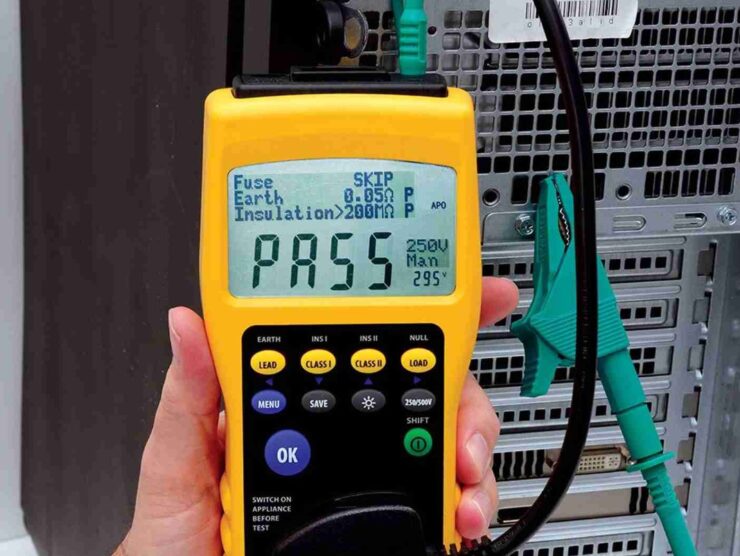PAT testing, commonly referred to as portable appliance testing, is the process of examining portable electrical devices to determine whether they are secure enough to be used in a workplace. Every business that uses portable electrical equipment should do PAT tests.
This comprises office-based enterprises, landlords, inns and dining facilities, medical facilities, and construction and manufacturing facilities.
Not only for large firms, it is advised that for self-employed businesses, also at home, one should carry out PAT tests. However, there are a few tips and tricks that will help you understand PAT testing better. Let’s check out.
Tips To Understand PAT Process
It can be not easy to understand the process, so below are some details:
1. The Testing Process
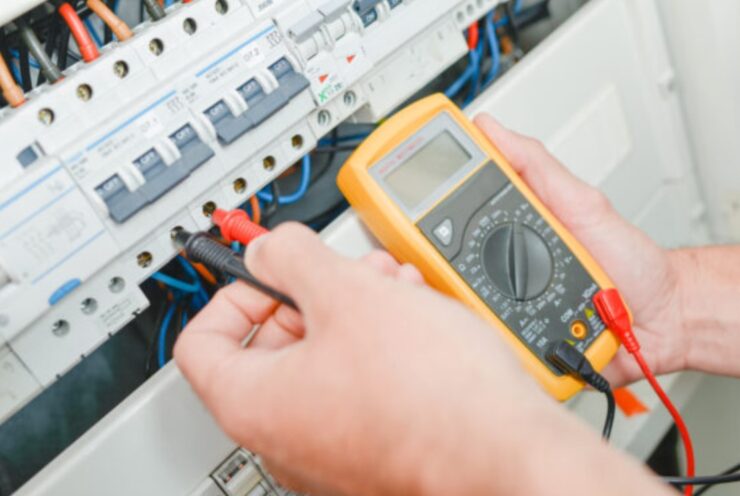
The testing processes use currents and voltage that could endanger the examiner. It is crucial to make sure that no one touches the test-piece equipment while it is being put through its paces.
Any electrical item that can be connected to a power outlet can be considered a portable device. Among them are tools like drills, hair dryers, and FAX machines. Not only are mains-powered devices tested, but the appliances also include devices that are powered by 110 and 415 volts and 240 volts.
When it comes to who can conduct the test, in a low-risk environment, an employee or any staff who has training and knowledge can conduct the test.
But while conducting an inspection and testing at the same time, a higher level of expertise is needed, and the staff person will need the necessary tools for performing the exams, the capacity to interpret test data and effectively operate test instruments.
Visit southerneettesting.com if you’re looking for information on PAT testing and inspecting portable electrical equipment. The tester needs to be well-versed in electrical, its dangers, and practical experience.
Beyond this, students ought to be aware of the safety procedures that must be taken. They ought to be allowed to decide if it is safe to carry on with the work.
2. Operational Phase
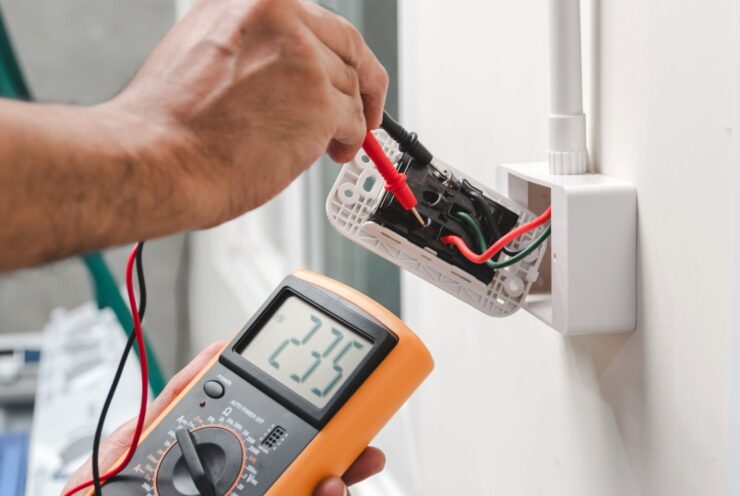
It is the final stage in the procedure that entails turning on the appliance to make sure it is operating correctly. The test outcomes must also be communicated in plain terms after completion.
The most typical method is to attach a label to the device. In addition to the test date and the anticipated date of the follow-up test, the information must also be included on the label.
After the primary illustration examination is complete, carefully check the transformers and caps. The cables inside the corks must be properly inspected.
The plug’s loose cables need to be secured appropriately. The fuse has to be checked next. All of the plugs of various electrical equipment should be connected along with the appropriate fuses.
Appliances must be recorded as failed and taken out of service if any aspect of the inspection or test is failed, ensuring that no one will use the equipment. The wire needs to be terminated when a malfunctioning appliance poses a significant risk to people’s safety.
3. Equipment Classes
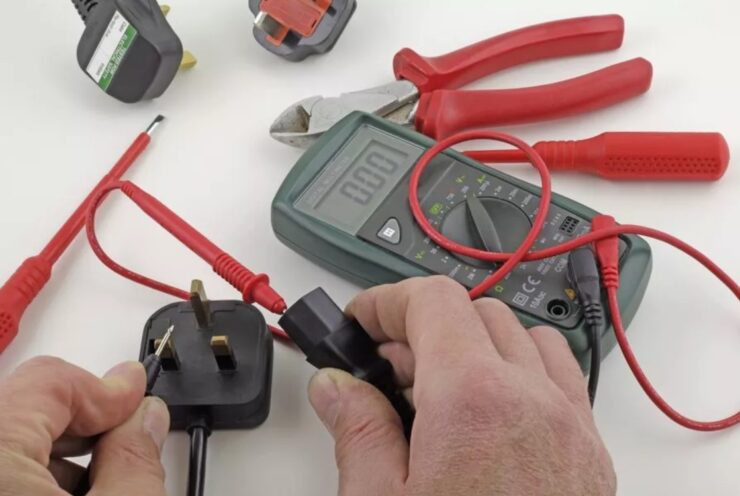
Most devices that can discharge or hold electrical current demand PAT. It’s critical to comprehend how equipment is classified to comprehend where testing is necessary. Two significant categories, Earthed and Double-Insulated, are used to categorize electrical appliances.
Class 1
Basic Class 1 is considered Earthed. The earthed equipment has insulation, and it is dependent on the earthed connection.
If there is no earth connection, a malfunction in the apparatus may cause an electrical shock to the user from outside the apparatus. This equipment consists of toasters, kettles, electric heaters, irons, etc. Class 1 equipment poses the most significant risk, so it must be tested more frequently.
Class 2
Since class 2 equipment is doubly insulated, this equipment is safe because they are doubly insulated. The equipment includes hairdryers, lamps, television, etc.
Class 3
Extra-low voltage machinery, such as battery-operated appliances, is classified as class 3. This includes gadgets like digital cameras and cell phones. In most cases, testing is optional for these products.
Who Can Do the PAT Test?
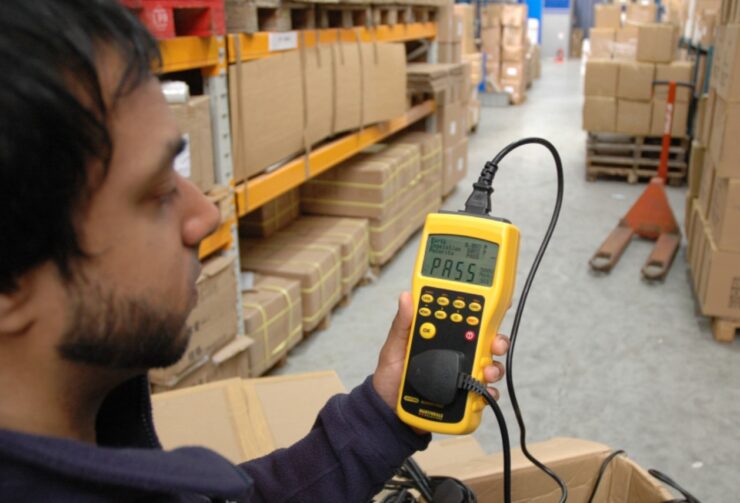
PAT is not an electrical task, nor does it require any particular degree of accreditation. However, it necessitates that the person has the necessary skills for the device’s intricacy. The person must be able to comprehend the testing methods and the findings.
In other words, you need to understand how to carry out PAT properly and evaluate the tested devices accurately. For more difficult testing, one might need a higher level of expertise.
That is why it has become essential to opt for professional services to ensure the utmost safety.
How Often To Conduct a PAT test?

PAT testing is typically performed annually. However, this may differ based on additional elements and situations, such as the device’s location, kind, and more. The test frequency varies depending on the device’s type, location, and usage.
For instance, if there is a bulb, it does not require frequent inspection; however, a power tool requires frequent testing.
Although it is not legally required to do this testing when the testing is done, it is vital to keep records. They are essential because, with the help of these records, one can monitor and review the effectiveness.
There is no limit on how many time one can do PAT tests, but how many appliances are examined ultimately relies on the tester’s efficiency and level of self-assurance.
However, it’s crucial never to speed up a safety check, such as a PAT test, as this could result in missing a mistake that could eventually cause issues.
Conclusion
In conclusion, electronic devices’ level of efficiency declines with time. Therefore, it goes without saying that you should maintain your equipment to ensure safety.
As a result, portable appliances require specialist testing, and it is crucial to comprehend all the specifics.
Through the use of electronic appliances, all manual or conventional procedures and techniques become modern technology. But first, one must understand the PAT testing, which the advice as mentioned earlier will assist you in doing.

